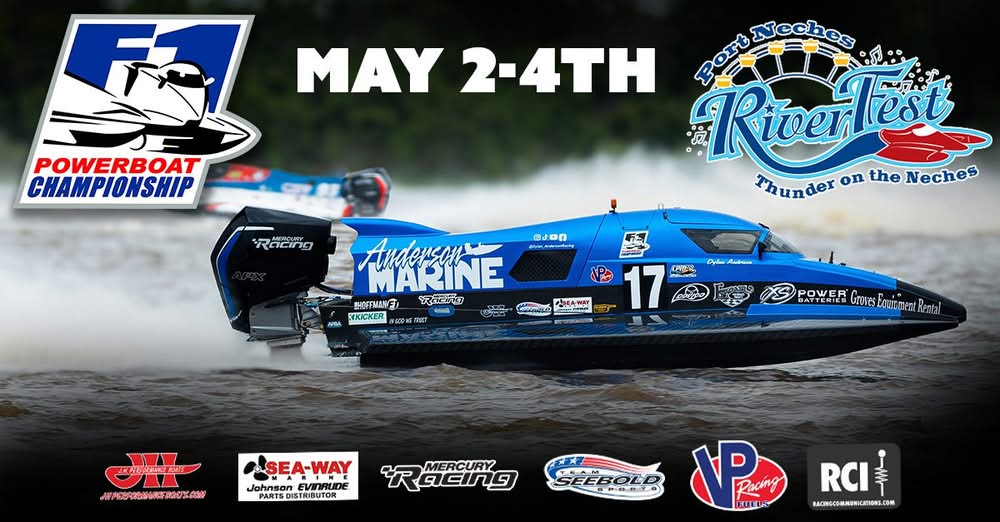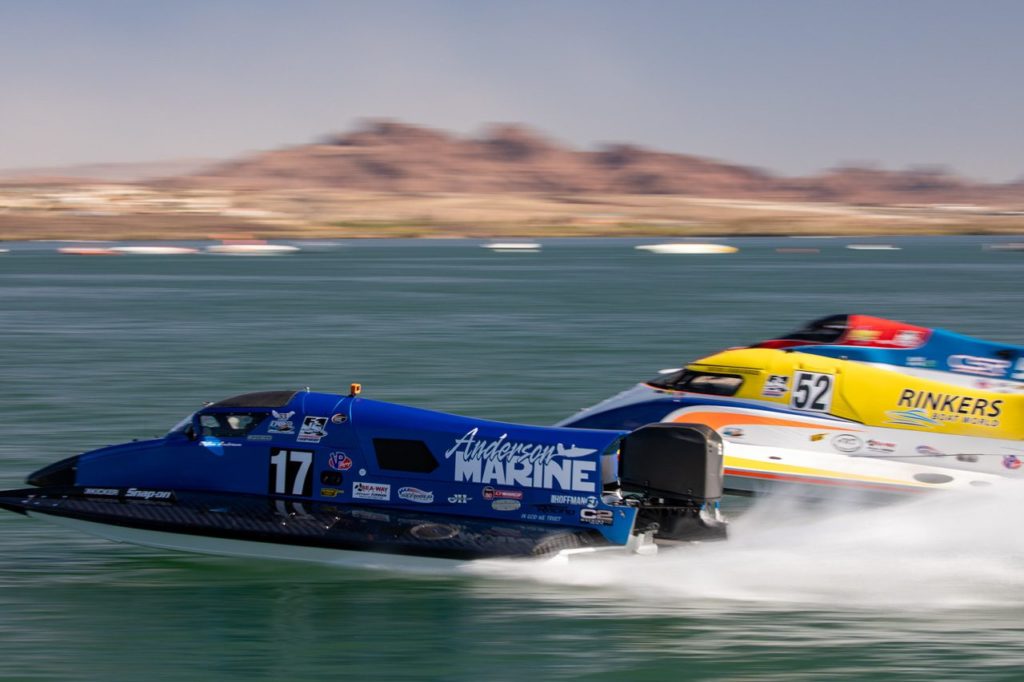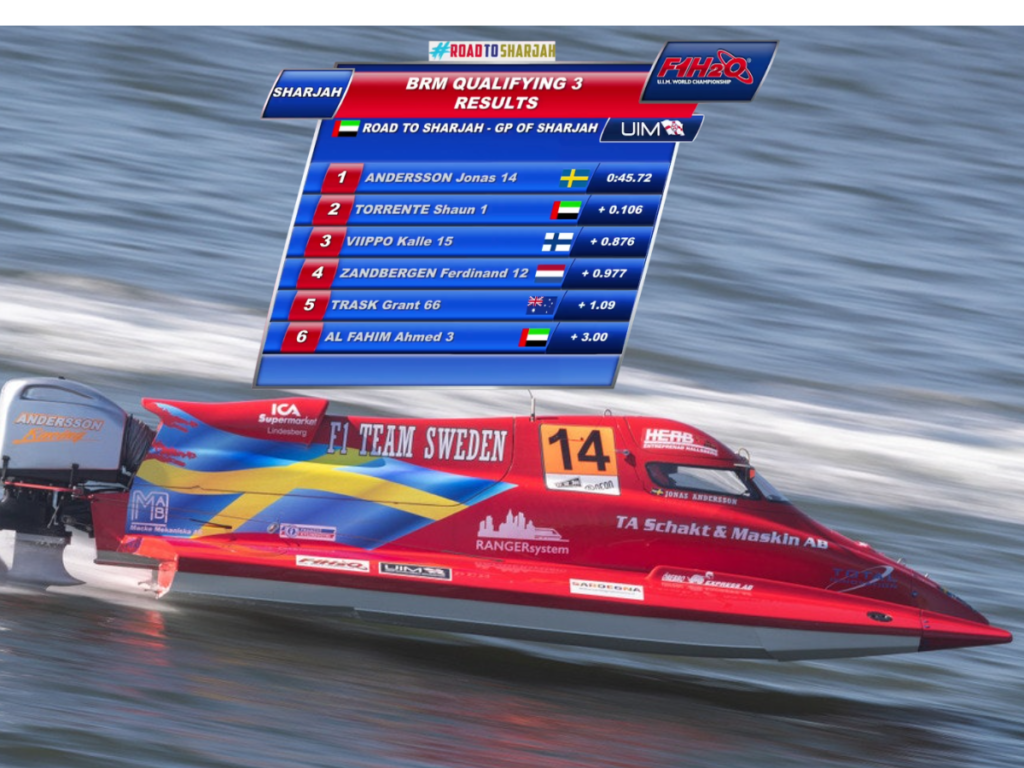Last night PRW was joined on our Live Stream by the Mercury Racing General Manager Stuart Halley and our long-time friend NGKF1 Series Promoter Tim Seebold.
For those who might have missed the show or for those that need a little more detail here is what Stuart Halley spoke about regarding the new APX engines being developed and distributed currently by Mercury.
Halley stated that
Mercury is the only marine engine manufacturer with a separate division dedicated to progressing powerboat racing. We do this because we know the products and technology, we race today become tomorrow’s performance solutions for consumers with a need for speed and refinement. Looking to the future, we will continue to create new, sustainable, high-performance offerings for our legions of customers who can take comfort in knowing the technology in their products were pushed to the limit on the racecourse.

- We choose to work with promoters, sponsors, teams, racers with a common vision – to build competitive powerboat racing
- Due to the current world landscape, we feel it best to offer improved sustainability choices and a level playing field for participants
- We offer sealed engines
- We offer durable engines with multi seasons of life
- Manage ECU tampering
- 200 APX emissions vs the 200 Carb is 90% lower, and vs the 200XS Opti is 40% lower
- Any type of vintage motor racing historically in not a growing business model – do not attract sufficient new talent and will eventually stall out if they don’t keep up with innovation
When we spoke to Tim Seebold, he explained just how they would include the three different Mercury options in one class of F1 racing.
Using a combined class called Formula 200 allows the current engines to continue and with last week’s OPC approval of the 200 APX it will provide exciting racing. It’s impressive that we all agreed to have one class with all the different engines running and being scored together. This provides time for the racers to determine the best path forward.
For the racers that like to tinker there is the vintage two-stroke, the 200 Opti will also continue to be raced, and for those who want to spend time getting the best out of their boat they can run the 200 APX. In other classes using Mercury’s new four stroke engines, racers report the engine has no limits for testing, so the boats get dialled in sooner and at a higher performance level. The APX engines also makes it easier for new racers to get into a race series, they are no longer required to be a mechanic or a 2-stroke specialist, plus they will also benefit from the longer maintenance intervals.
So, who will provide the support in the NGKF1 Series?
Mercury will provide onsite technical support at all the series races working out of the series support truck. They have introduced a Mercury long block exchange program, so if you need to swap out a damaged block Mercury will offer you $3000 for it. So rather than paying $9000 you will be able to take a new one away at the race site for $6000. Also, Seebold Sports has now become Mercury’s first Competition Dealer and will provide parts support at the race site.

What are the rules involved with running these new motors?

The XPX engine block is sealed at the Mercury factory and the NGKF1 Series will be adding a second seal of their own at the race site. The engine must run as homologated by the APBA and UIM and no performance enhancements will be made Mercury for five years.
These engines will have a 6800 RPM limiter and will use the IV SSM gearcase with overdrive as produced (only the standard overdrive). The engine cowling and graphics must not be altered. Minimum boat length will be 16’ and the minimum boat weight with the driver weight must be 1225 lbs, this will be checked after the race.
How will these rules be governed?
The NGKF1 Series will carry out onsite inspection of the boat and motor using a load wheel to verify RPM Max is 6800. Mercury Speed Link will be used to verify ECU, Parameters, Sensors, Run Time. All wiring harness will be checked, and all boats are allowed to use a maximum number of two batteries except safety systems.














